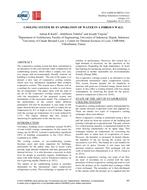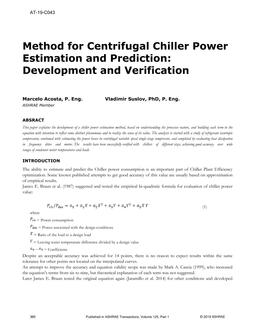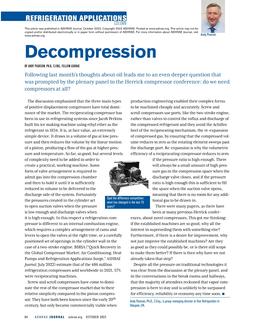A commercial equation solving program is used to model the thermodynamic cycle of a commercially available cryosurgical probe and to model the resulting iceball growth. These models, together with the refrigerant mixture optimization method of Keppler et al. (2004) are combined to form a design method in which the iceball size produced by a cryoprobe with a given set of mixture constituents is maximized by altering the concentrations of each constituent. Experimental work to validate the iceball model for pure argon as a refrigerant displays good agreement over a range of operating pressures (1323-3000 psi), while experimental work to validate the thermodynamic cycle model of the cryoprobe shows good agreement at low pressures (1323 psig), and less favorable agreement at higher pressures (3000 psig). Design charts are generated so that the cryoprobe design method developed for a single heat exchanger geometry may be applied to any cryoprobe with a known heat exchanger conductance and known active area.
Principal Investigator: Kylie L. Fredrickson, Gregory F. Nellis,Sanford A. Klein
Conducted: June 2005
Sponsored by: TC 10.4,Ultra-Low Temperature Refrigeration & Cryogenics
Product Details
- Published:
- 2005
- File Size:
- 1 file , 3.1 MB
- Product Code(s):
- D-27205


